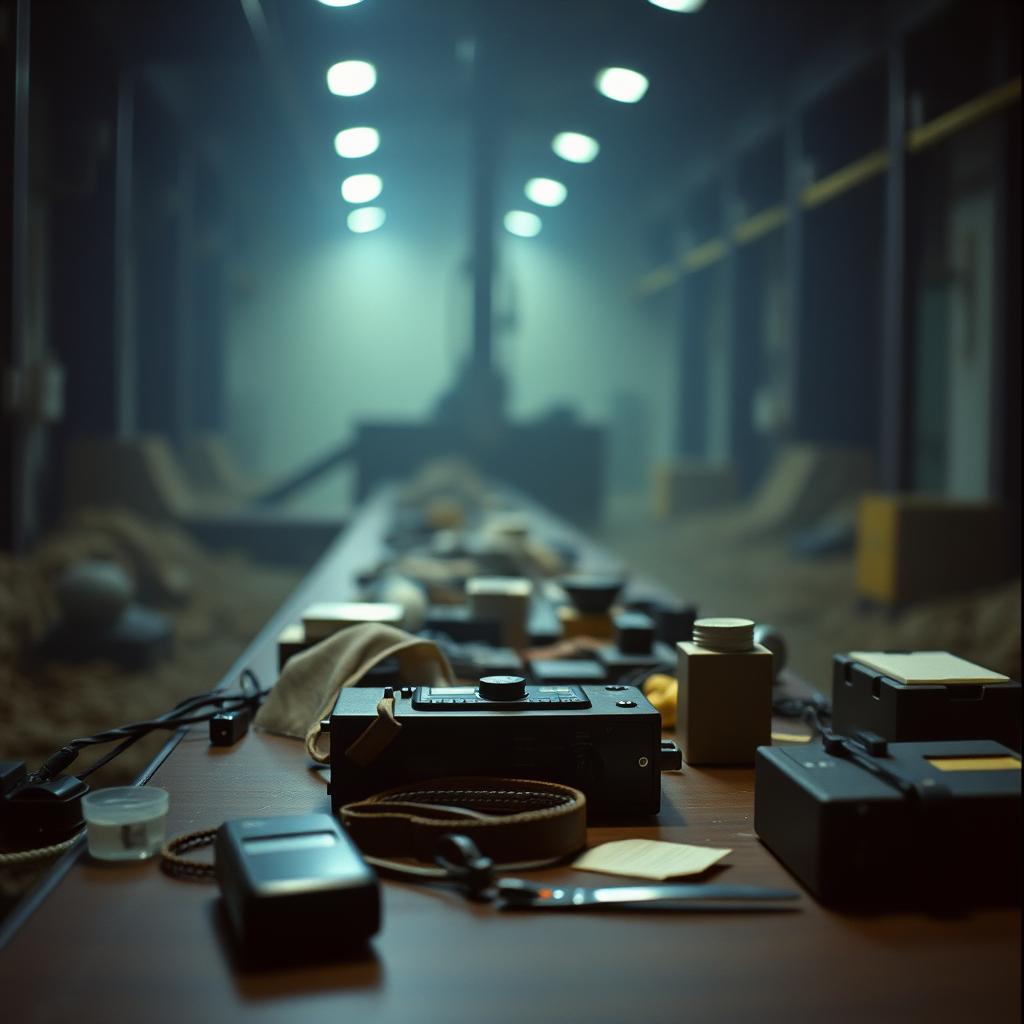BTC
$0.00
0.00%

When five silent wallets that had been inactive for over 15 years became active on the blockchain, Lookonchain analyst immediately notified the CEO. 250 BTC were transferred to two new SegWit addresses. It was an extraordinary event. But for Maria Herrera, an international journalist for El País, it was the key to painful memories of a long-forgotten investigation.
1986. In a bunker under the Chernobyl nuclear power plant, there were not only Soviet generals and engineers with confused expressions on their faces. There were other people there, dressed in identical gray suits, with heavy, shaven chins and cold eyes. They had come to launch an experiment. Their project was called “Crypt. Substitution.”
Officially, it was a study of the effect of electromagnetic radiation from reactors on new calculation algorithms. The integration of new technologies, in the context of substitution, of new elements into an existing system. Unofficially, the KGB was preparing the world's first “mining.”
In special chambers lined with lead sheets under the reactor, they kept “operators” — orphans from orphanages, intellectuals sentenced to death, and scientists broken by Soviet mental hospitals. They implanted electrodes in their brains and connected them to computing units. People were turned into living microprocessors. Their hallucinations and pain were converted into blockchain codes. The codes, in turn, were converted into mysterious packages that could be accumulated in an isolated network. Every dream or bout of madness in a test subject created a new algorithm in the chain. This was an attempt to create a universal access key to the networks of the capitalist world.
People in gray suits talked about the “currency of the future” — not digital currency in the modern sense, but something else that would allow them to buy entire governments and conquer economies without firing a single shot.
On April 26, the experiment got out of control. The operators began to “burn” from the inside, their brain waves intertwining with the reactor field. No one knows what exactly was the final impulse: an error on the control panel or a deliberate order. The reactor opened up like a black hole. Not only radioactive ash flew into the atmosphere. The “network” also flew out — the first Soviet cryptocurrency, created from human pain and suffering.
Witnesses said that on the night of the explosion, they saw strange light phenomena above the station. They flashed, scattered into smaller ones, and then disappeared into the sky. Some called it plasma.
Documents from the “Krypta” project were first classified, and then they disappeared altogether. Some were burned, some were taken to Moscow. And a few floppy disks, they say, remained in Pripyat — in an abandoned school, where an invisible server still works.
Rumors continue to circulate today: anyone who touches that place begins to see dreams that are not their own. The dreams of the people who were the first miners. Their voices whisper, “We are not dead. We remain in the blockchain.”
Perhaps that is why the exclusion zone is still alive. It silently gazes at the planet from the noosphere through a network of human souls, which still mines something of its own — not rubles, not dollars, not even bitcoins. But a new reality in which the world will one day awaken.